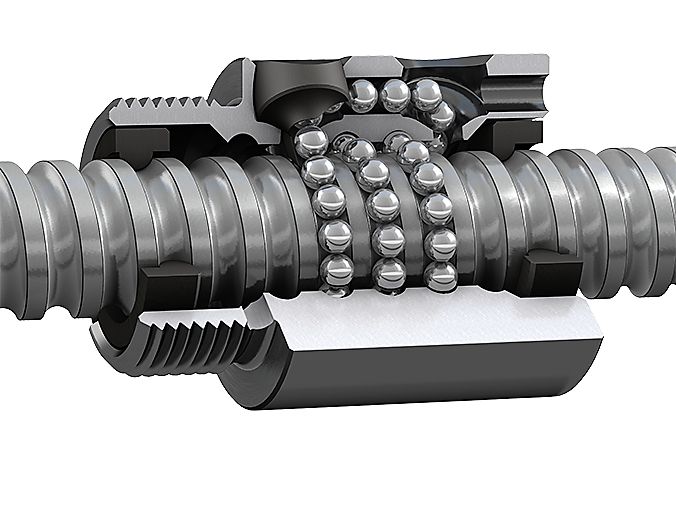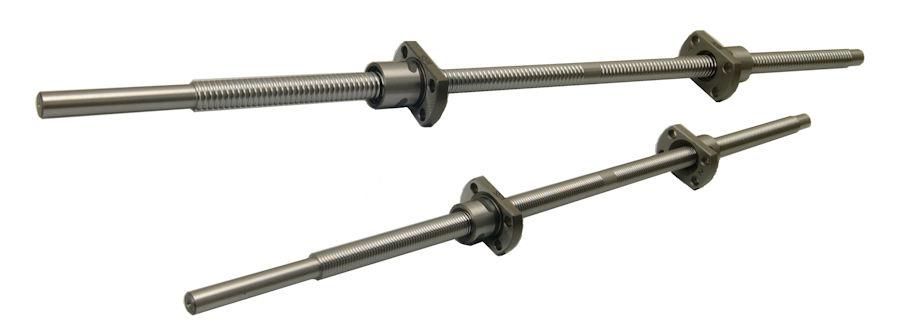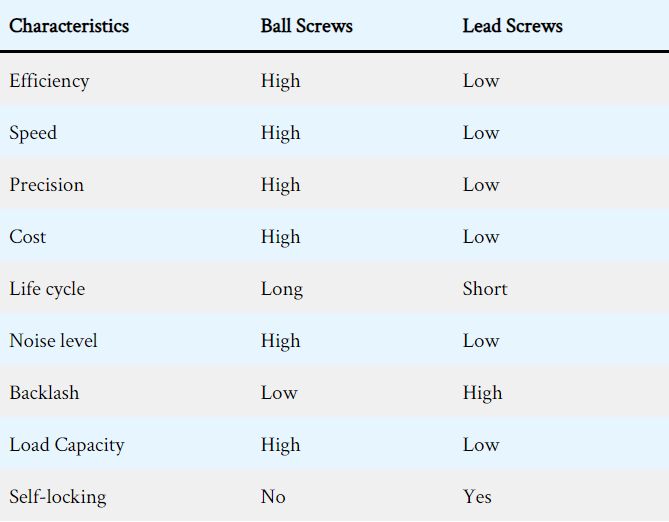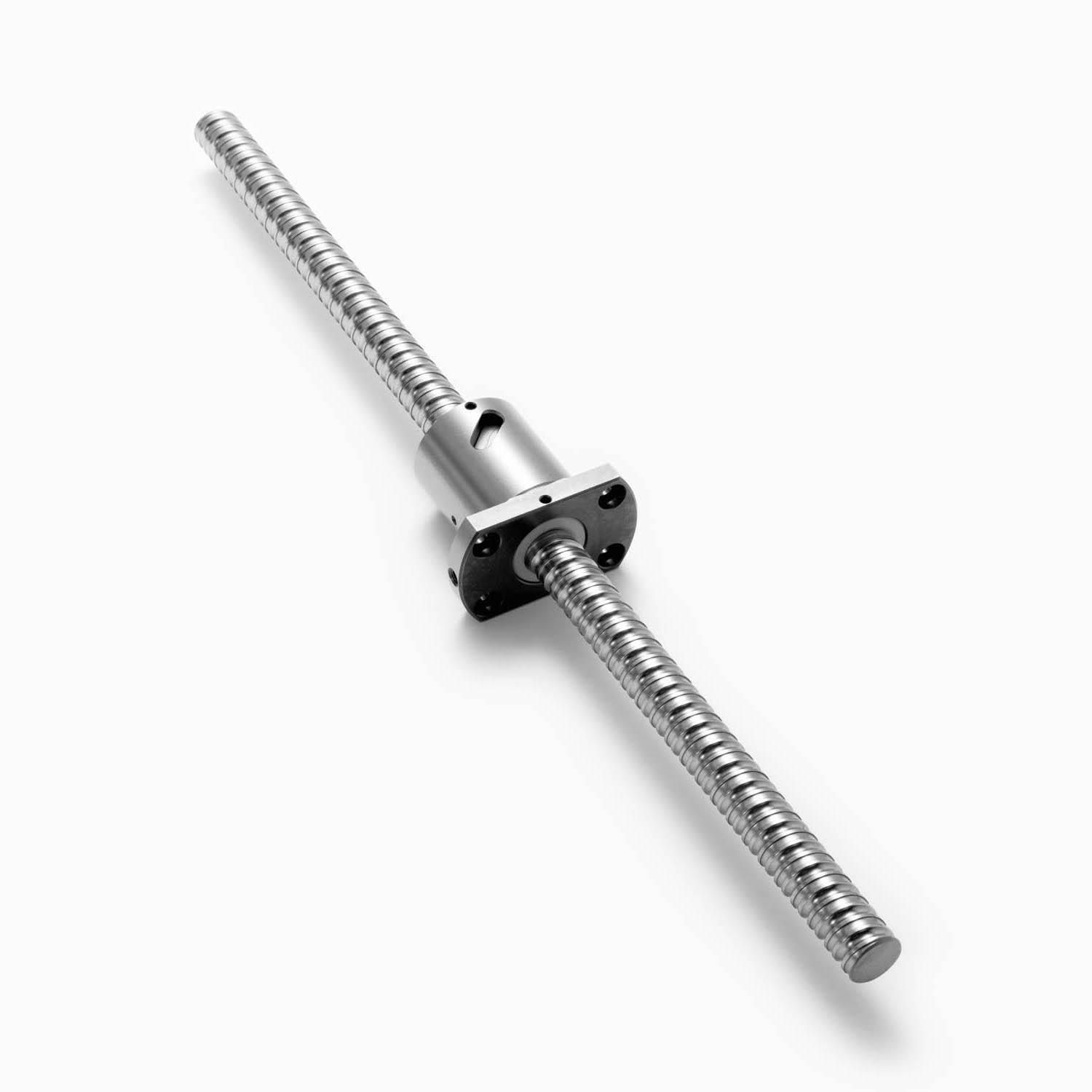
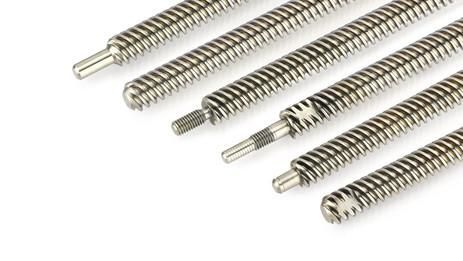
Ball screw VS Lead Screw
The ball screw consists of a screw and nut with matching grooves and ball bearings that move between them. Its function is to convert rotary motion into linear motion or convert linear motion into rotary motion. Ball screw is the most commonly used transmission element in tool machinery and precision machinery, and has the characteristics of high precision, reversibility and high efficiency. Due to its small frictional resistance, ball screws are widely used in various industrial equipment and precision instruments.
Generally speaking, ball screws are better for applications that require smooth motion, efficiency, accuracy, precision, and prolonged continuous or high-speed movement. Traditional lead screws are more suitable for simple transfer applications for which speed, accuracy, precision, and rigidity are not as critical.
Ball screws and lead screws are popularly used in the drive systems of CNC machines.Although both have similar operations and almost look similar, there are significant differences between the two.
But what exactly makes them different? And which one should you select for your application?
The difference between ball screw and lead screw
The basic difference between a lead screw and a ball screw is that a ball screw uses a ball bearing to eliminate friction between the nut and the lead screw, whereas a lead screw does not.
There are balls in the ball screw, and an arc profile on the screw shaft. This profile is hovering on the shaft according to a certain lift angle (lead angle). The ball is designed in the nut and rolls in the arc profile of the screw shaft, so it is rolling friction.
There are no balls in the trapezoidal screw, so the movement between the nut and the screw shaft completely relies on mechanical contact to produce sliding, which is sliding friction.
They also vary in speed, accuracy, efficiency and load carrying capacity. While ball screw is ideal for applications where high speed and high efficiency with good accuracy and low noise are desirable, lead screws are comparatively cheaper, robust, and self-locking.
Construction of a Ball screw
Ball screws and lead screws are mechanical linear actuators that are commonly used to translate rotary motion into linear motion and are commonly used in CNC machines.
All screws serve the same purpose of converting rotary motion into linear motion, they have distinct differences in their design, performance, and suitability for different types of applications.
Ball screws employ recirculating ball bearings to reduce friction and increase efficiency, whereas lead screws utilize helical threads and a nut to produce linear movement.
Lead screws are metal bars with threads as that of a traditional screw, and the relative motion between the screw and nut causes the linear movement of the latter.
Construction of a Lead Screw
Both have their advantages and disadvantages, and selecting the right one depends on your requirement.
Differences between ball screws and lead screws
For more detailed product information, please email us at amanda@kgg-robot.com or call us: +86 152 2157 8410.
Post time: Aug-07-2023


